Event website design is perhaps not the first priority on the extensive list of responsibilities you have as an event organiser. Yet it definitely should be somewhere around the top.
Why? Because first impressions matter a lot!
Imagine meeting someone for the first time. They’ll notice how you dress and judge you accordingly, well before they get a chance to see the content of your character.
Event website design works the same way.
Your event might be an unforgettable experience, but your potential attendees will never discover that if your website looks sloppy and is difficult to navigate.
So in this guide, we’ll cover…
- Reasons why design is important
- The first thing visitors look at
- Tips for optimising your website design
- Free templates you can use
- Examples of excellent event websites
Billetto is a ticketing platform that helps you manage, promote, and host events. Set up an event page and start selling tickets in 5 minutes.
CREATE YOUR EVENT >>
Why your event website design matters
The most important information your potential attendees need about your event is practical details like what, when, and where. But before they read that, they’ll see the website design.
1. First impressions
Studies show that you only have 10 seconds to make a good first impression. Almost half of visitors think that your website design is the deciding factor for whether or not they trust you.
2. User experience
Your website is there to serve your potential attendees, and a good design leads to good user experience. Half of all searches are done on mobile, which is why mobile-friendly sites convert better.
3. Conversions
The main point of your website design is to sell your event and convert visitors into attendees. A well-designed and user-friendly website with strong visual selling points does just that.
The anatomy of a great event website
One-page websites are extremely popular because they contain all the relevant information in one easily accessible place: the home page.
That’s not to say that you can’t go more in-depth on other pages of your website. But don’t count on visitors viewing those pages if you can’t pique their interest with the first one they see.
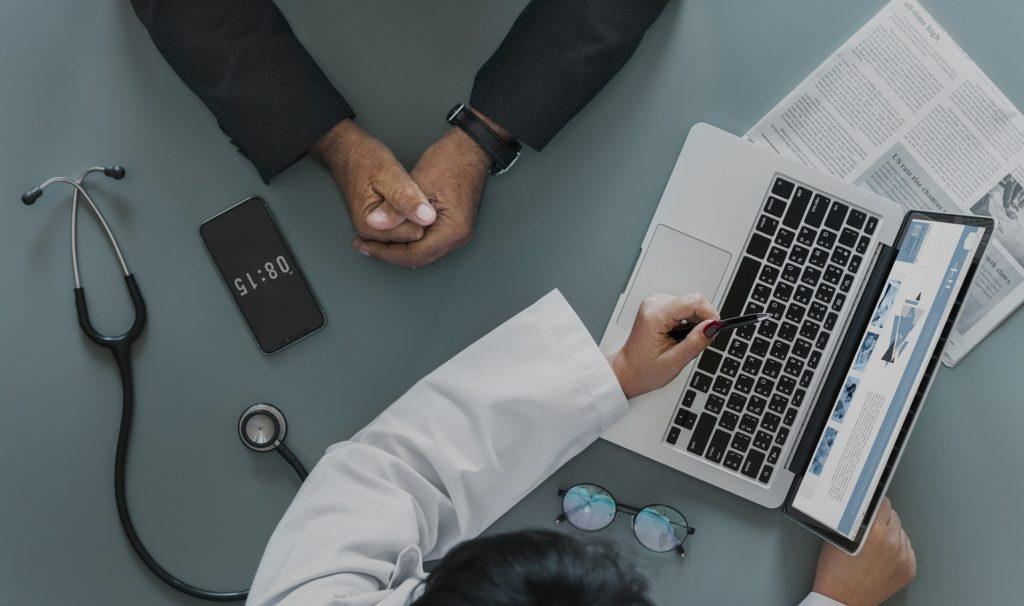
Eye-tracking studies show that most people tend to look at the following elements (in order):
- The main graphic or image for the event.
- Your company’s logo and branding.
- The menu or navigation area.
- Any big text with important information.
- The website’s footer with your contact details.
Tip: Read our in-depth article on what information to include on your event website.
Event website design tips and tricks
Now that you know why design and layout are important for your event website, it’s time to look at specific tips you can use to design your own.
1. Showcase your USPs
Whatever your unique selling point for the event is, make sure that it’s front and centre on your website. Show off the exotic location, the famous speakers, or the happy attendee testimonials from past events.
2. Use attention-grabbing images
There’s no better way to show off your USPs than with visual proof. Real images of happy guests, great entertainment, and beautiful surroundings say more than, well, a thousand words.
3. Use videos to hold their attention
Videos make up the majority of all online traffic. Up to 84% of event organisers use video to promote their events. You know the saying: Moving images say more than a thousand stills.
4. Use strong fonts
Fonts are just as important a part of your visual design as the layout, images, and videos. Use strong fonts that draw the attention of visitors to important information about your event.
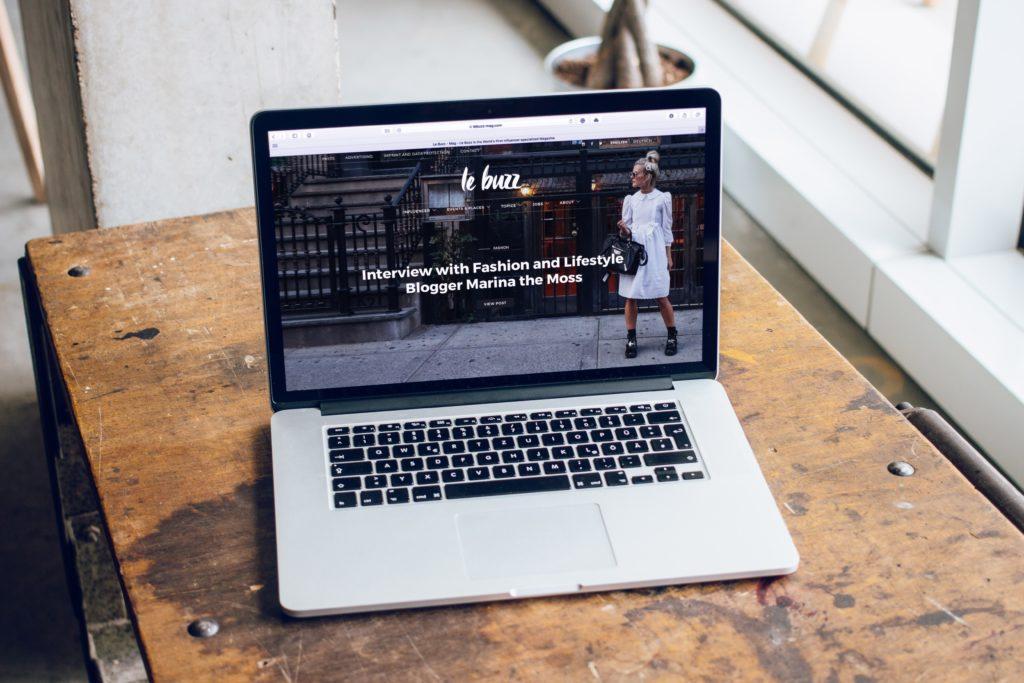
5. Pick the right colour scheme
Colour is a major factor in consumer buying decisions. So your site’s colour scheme shouldn’t just go with your event and company branding; it should also have the attendees in mind.
6. Make it easy to navigate
Think about what your website will look like on different devices. Then work on making navigation as easy as possible. Go through the customer journey yourself so you know if it works properly.
7. Make the design responsive
Most online traffic is mobile, so responsive website design is an absolute must. It’s also important for your site’s SEO, so there is every reason to focus on the mobile experience.
8. Make it easy to register or buy tickets
Finally, but most importantly, you need to make registration smooth sailing. Place a big button that says “Register Here” (or “Get Tickets”) and make the registration form short, simple, and easy to fill out.
Event website templates
You don’t have to reinvent the wheel to get a well-designed event website. There are plenty of great-looking templates out there ready for you to use and customise for your specific event.
Here are a few good places to find event website templates:
Event website design examples
To see it all in action, it helps to look at some of the best-designed event websites. Below, you can see some examples along with reasons why these designs work wonders.
1. Meaning Conference
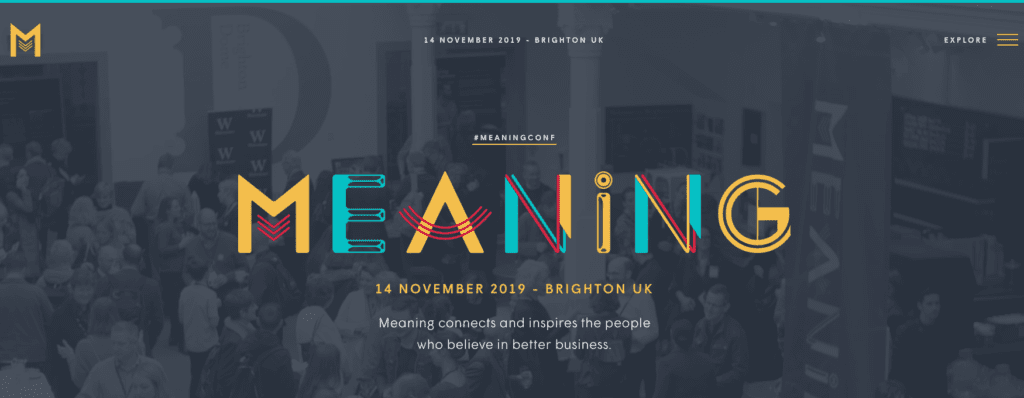
Notice the big and quirky font they’ve used for the title of the event and the background footage of the event itself. Scroll down to see the event’s selling points and an in-depth video.
2. Land of the Free
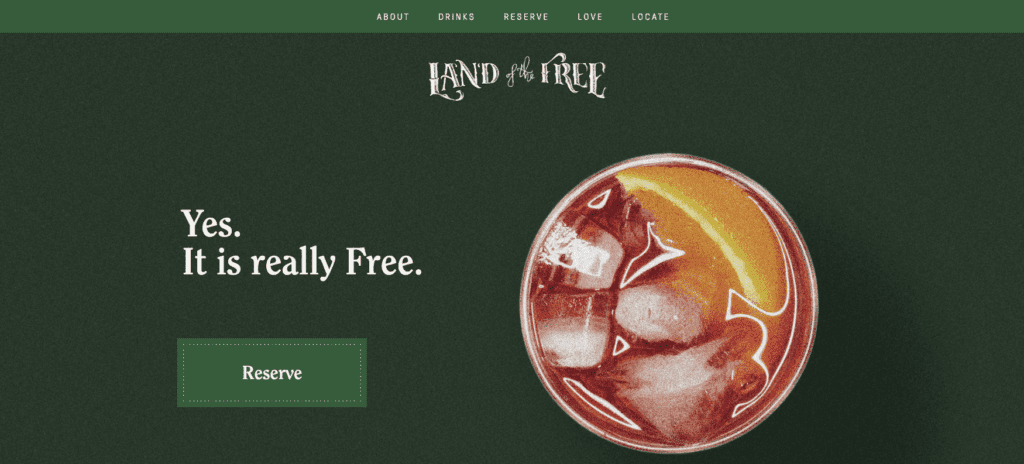
They’ve chosen a great and unique event title font, a simple colour scheme, a selling point, and a clear call to action—all in the first frame you see when you land on the event website.
3. Marine Corps Marathon
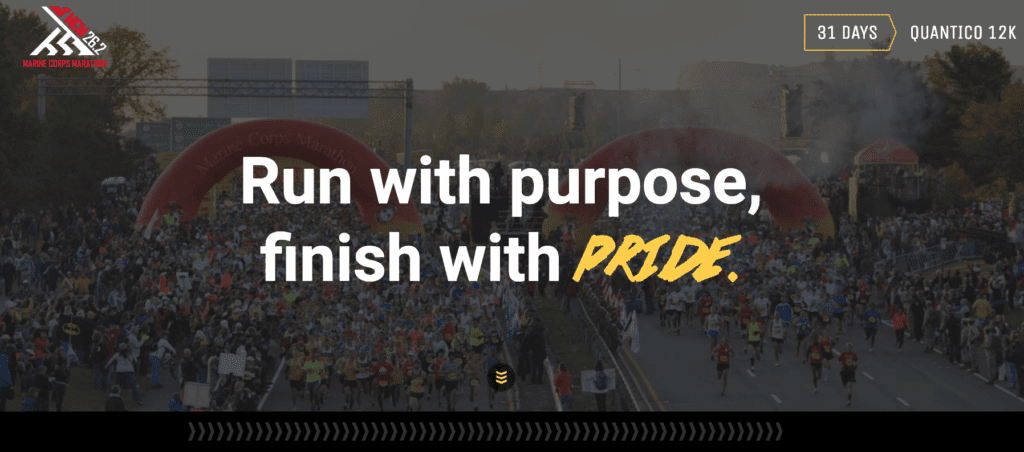
Front and centre is the unique selling point (“Run with purpose, finish with pride”). On top of that, they’ve created a sense of urgency by placing a countdown timer for the event in the top right corner.
Tip: Check out these other examples for further event website design inspiration.
Billetto is a ticketing platform that helps you manage, promote, and host events. Set up an event page and start selling tickets in 5 minutes.
CREATE YOUR EVENT >>
It’s all in the design
Although many of us like to think of ourselves as sophisticated and deep, most people are quite visual and judgemental creatures.
That’s why website design and layout matters so much.
Hopefully, you now have a better idea of what your own event site should look like to make a good first impression on your visitors and convert them into attendees.
Just to recap, here’s what to focus on:
- Unique selling points
- Strong event logo and branding
- Simple fonts and colour schemes
- Captivating images and videos
- Responsiveness
- Easy navigation and registration
Good luck with your design…and drop us a comment below if you have any questions or ideas of your own!

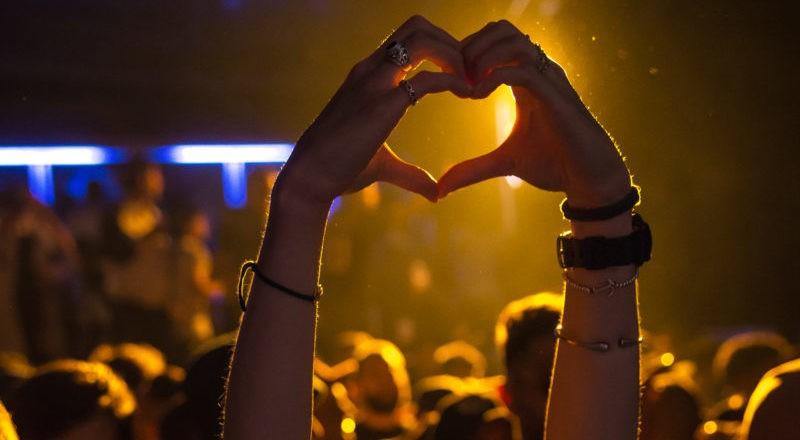
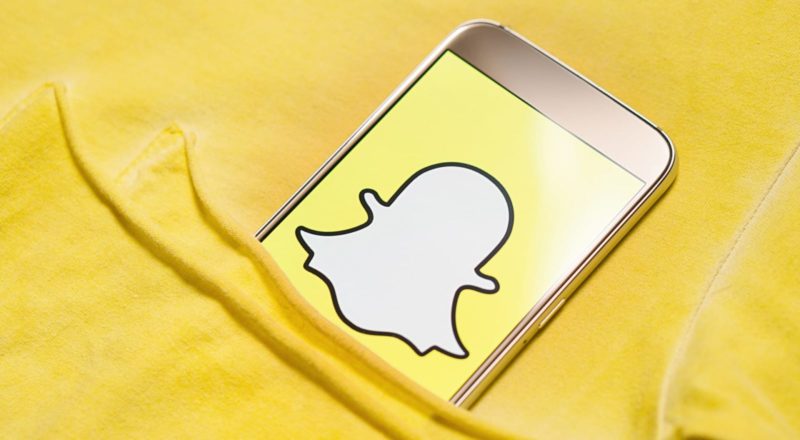
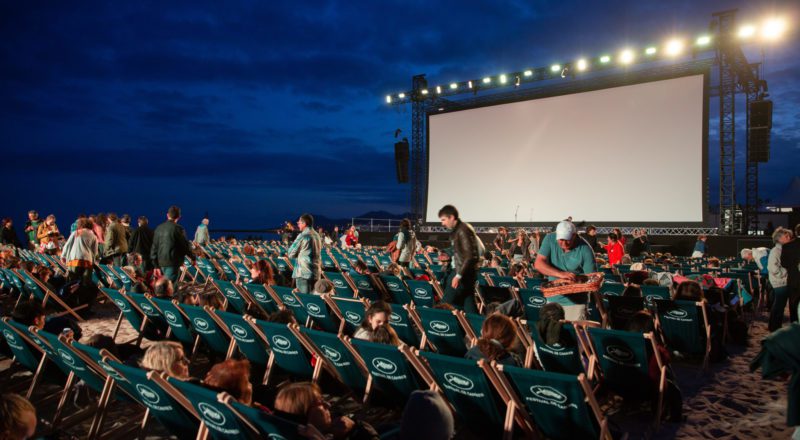

Leave a Reply